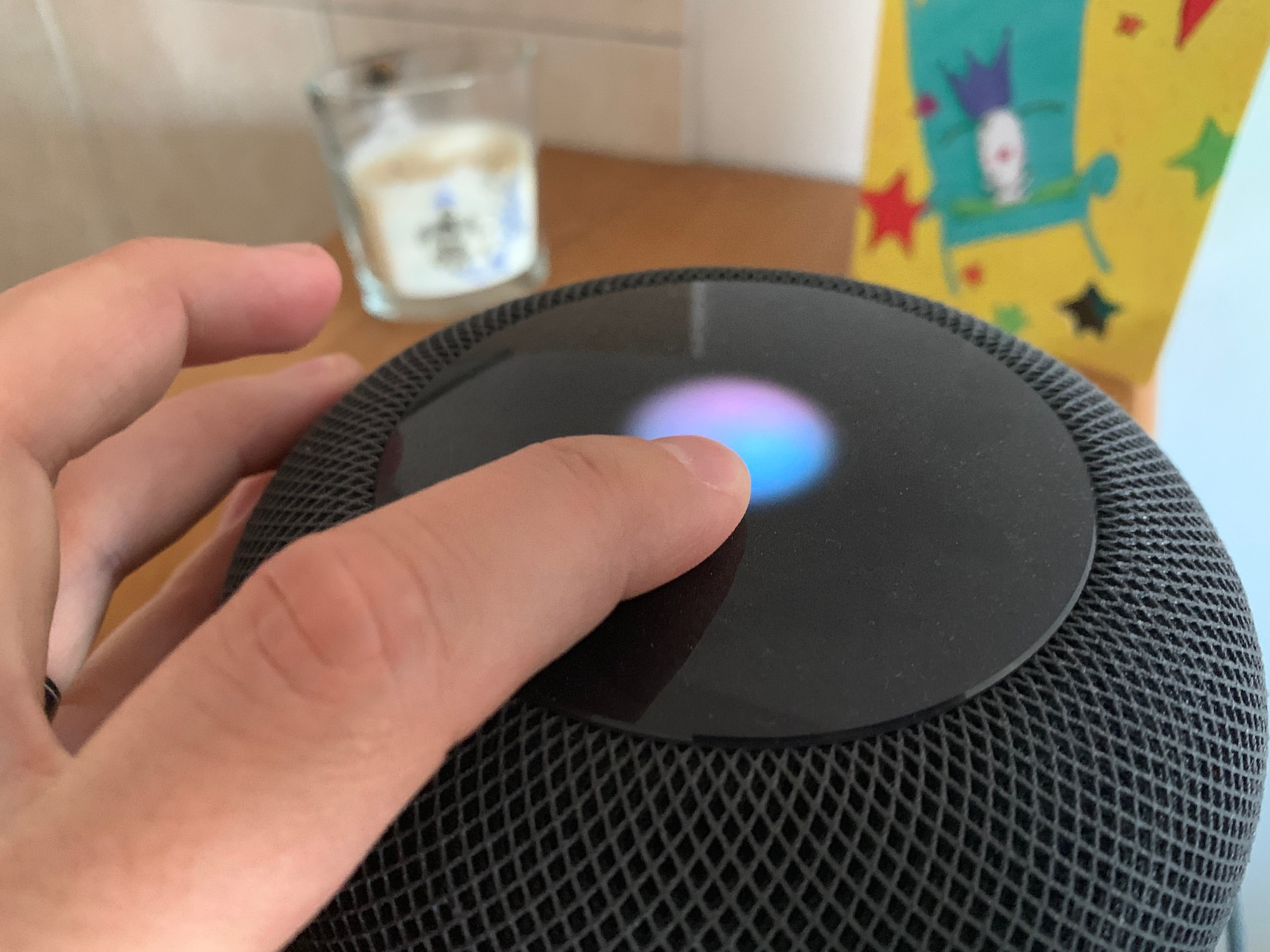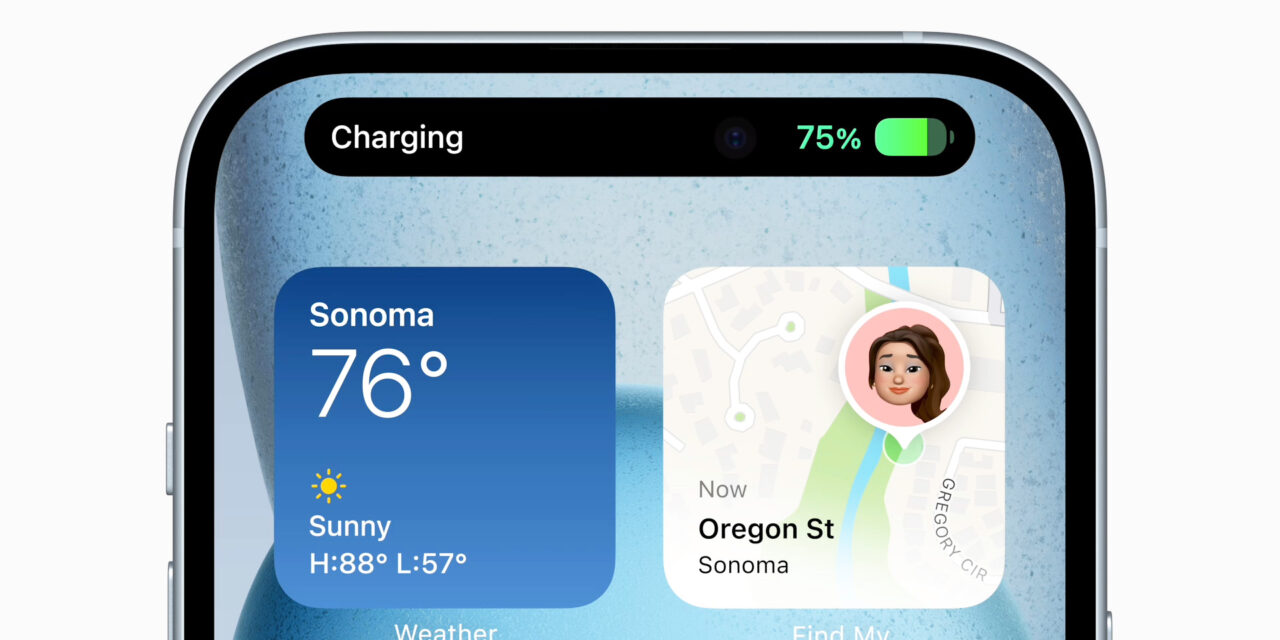
Apple’s HomePod wireless speaker could gain a host of additional capabilities in the future, including 3D hand gestures, the Face ID facial recognition system and much more.
Those features were mentioned in Apple’s recently published patent application, titled “Electronic device with sensors and display devices,” discovered yesterday by MacRumors.
Face ID + HomePod
Though not mentioning HomePod by its name, the document does suggest that a tabletop-like device with built-in speakers could use a Face ID-like infrared camera system for reliable depth perception and facial recognition.
HomePod could identify users in the vicinity of the speaker using ‘facial recognition,’ and measure the distance of users to the speaker. This could allow for biometric authentication of Personal Requests, multiple user profiles and more on a future HomePod.
Apple supplier Inventec’s President David Ho said in November 2017 that he could easily see future smart speakers that sport built-in facial and image recognition in order “to make people’s lives more convenient and to make the product easier to use.”
The statement prompted Jeff Pu, an analyst at Yuanta Investment Consulting, to predict the launch of a Face ID-enabled HomePod in 2019.
I don’t think the current HomePod will receive Face ID. According to Apple pundit John Gruber, the company is actually losing money on HomePod hardware. Instead, Face ID and 3D hand gestures might power a brand-new, higher-priced HomePod model that could be positioned as a premium wireless speaker for the connected home.
3D hand gestures
The invention also describes 3D gestures like focus gestures and unlock gestures.
A focus gesture would enable the user to take control of a future HomePod’s non-tactile 3D user interface. An unlock gesture would engage a locked non-tactile 3D user interface, which in some embodiments conveys visual feedback to the user performing these gestures.
But how?
According to another embodiment, a set of LED lights woven into HomePod’s fabric could provide visual feedback for the hand gestures or optionally display alphanumeric characters that change depending on time of day.
Examples of unlock gestures cited in the patent application include:
- An up gesture (raising your hand at a specified distance)
- A sequence of two sequential wave gestures
- A sequence of two sequential push gestures
Face ID and the TrueDepth camera use some of the motion technologies from Israeli startup PrimeSense that Apple snapped up in November 2013 for a reported $345 million, meaning this technology could be used to power 3D hand gestures in a future HomePod.
Curiously, engineers on the PrimeSense team in November 2017 were awarded a patent for Mac hand gestures like “push”, “wave” and “up”. Similar to today’s patent application, the Mac filing refers to those types of gestures as “focus gestures”.
Other features
MacRumors described other potential improvements for a future HomePod speaker:
The exhaustive patent describes many other potential features for a future HomePod, such as ambient light sensing, displaying a sunshine icon if sunny weather is forecast, displaying the logo of a sports team that wins a game, heart rate sensing, and much more.
Heart rate sensing would presumably use a similar technology like Apple Watch and could work by resting your finger on the top of the device.
One quirky feature mentioned is an emoji-based avatar that would adapt to a user’s mood or actions. If the user is sad, for example, the emoji may reflect sadness. Or, if a user asks the HomePod for information on purchasing a birthday gift, the speaker may display a happy emoji to present results.
Please no. This sounds like Microsoft’s Clippy.
Standard disclaimer
There are no guarantees that any solutions outlined in an Apple patent applications will make it into real products—like its competitors, Apple files numerous patents on a weekly basis.
In other words, this could all very well amount to nothing.
On the other hand, Apple’s own supplier hinting that smart speaker vendors are working on facial recognition and other advanced features serves as a strong indication that a Face ID-enabled HomePod might be already cooking in Jony Ive’s kitchen.
What do you think?






Recent Comments